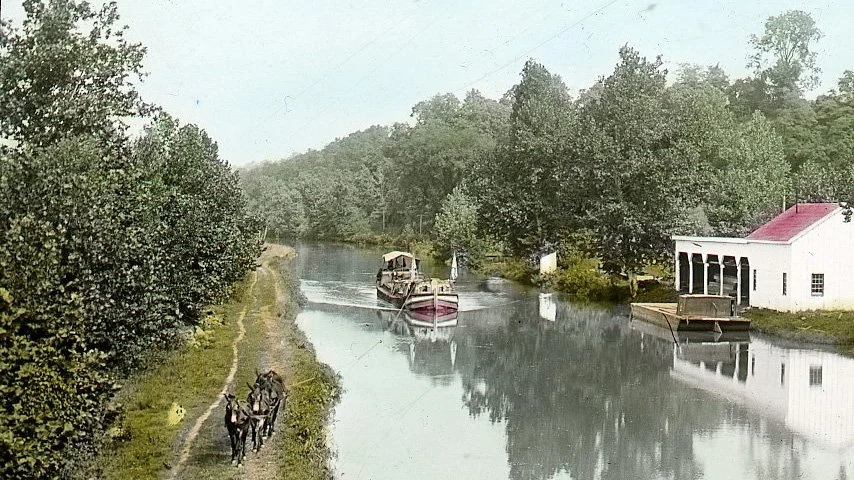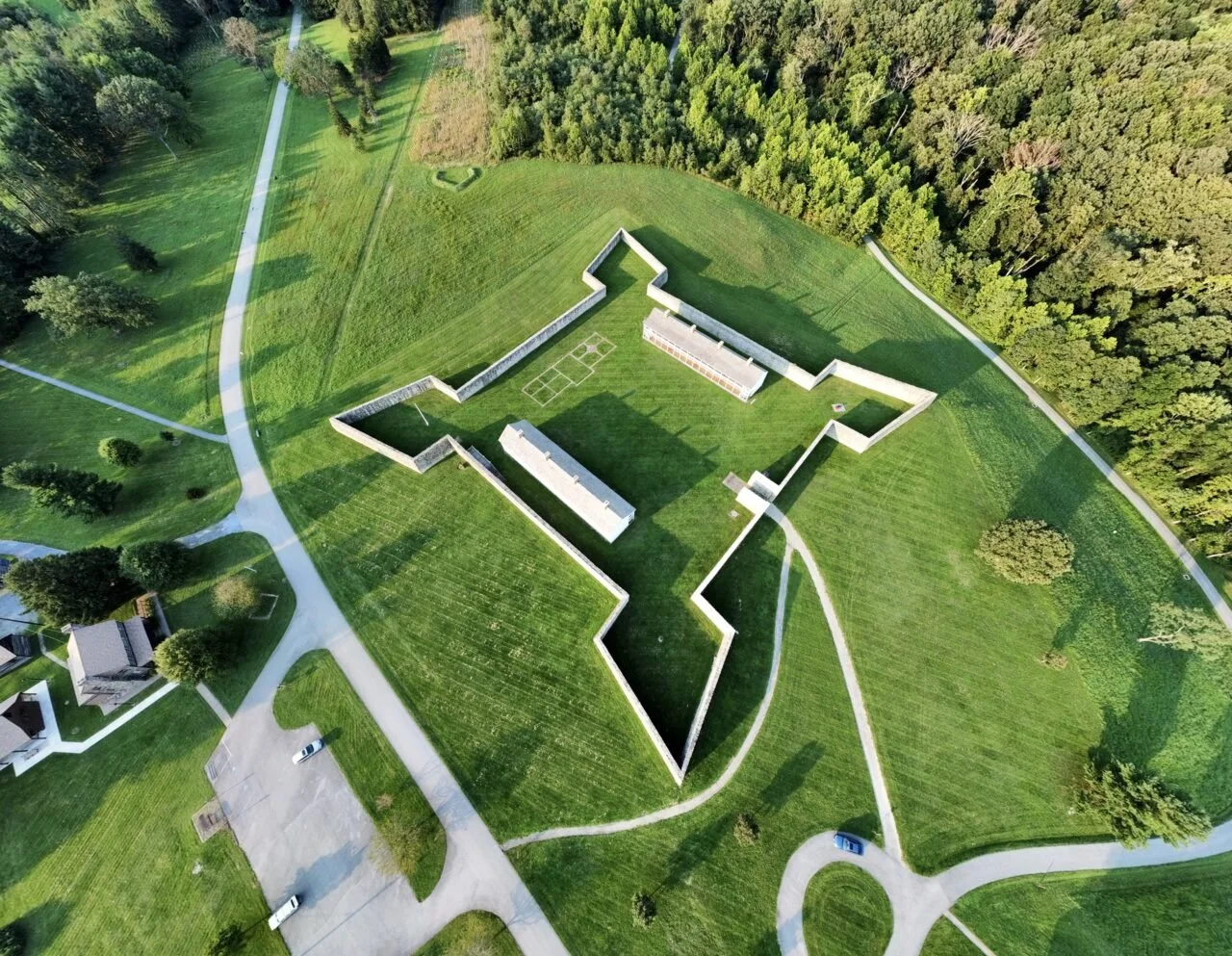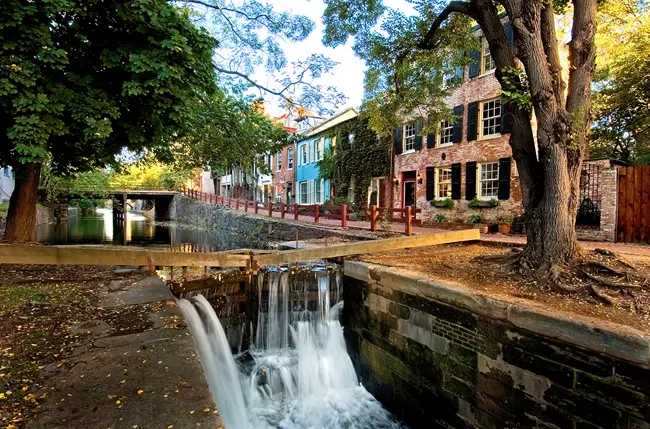C & O Canal Ramble
Join me to explore fascinating and beautiful sites along the 185-mile route of the “Grand Old Ditch,” our nation’s first major public works project, which linked Washington D.C. with Cumberland, Maryland.
Inspired by George Washington’s vision of the Potomac River as a gateway to the trade of the Midwest, construction of the canal began in 1828, and the historic waterway operated until 1924, struggling throughout most of its history to turn a profit. The canal is in the blood of your guide, who grew up near it in Western Maryland, and whose ancestors included several who drove mules on it in centuries past.
The journey from Cumberland to Washington by canal boat took seven days, but we will trace it in one day-long ramble, beginning with an early morning pick-up at your hotel or an agreed meeting spot in Washington, D.C.
We begin with a long scenic drive to Cumberland: over the Catoctin Mountains, through the Great Valley, and then into the first range of the Alleghenies. A museum at the canal’s terminus in downtown Cumberland relates its story, and includes a life-size canal boat and images of the route during its heyday in the late 1870’s.
We continue to the Paw Paw Tunnel, the canal’s greatest engineering marvel. More than 3000 feet long, the tunnel was blasted out of solid rock and lined with six million bricks, a process that took its mostly Irish immigrant builders 14 years to complete (seven times longer than the designers expected).
We will stop in historic, eclectic Berkeley Springs, a colonial-era spa town, for lunch (travelers pay for their own lunches), and continue on to Fort Frederick, a stone fortification built during the French and Indian War as a place of refuge for local settlers. Big Pool, a mile-long body of water created to regulate water levels in the canal, stands just below the unique colonial-era monument.
Next, we will visit Williamsport, Maryland’s Cushwa Basin, a rare watered section of the canal, where several unique features can be visited in close proximity. Williamsport was one of the largest towns along the canal, and was the home of numerous warehouses for loading goods for transport. One of these survives, and is now a museum of canal history. The site also includes a turning basin, one of the few places on the canal where boats could turn around, as well as an iron truss bridge that transported boats across a section of the river and a lock and lockhouse.
If time permits, we will make a stop at the Monocacy Aqueduct, the largest of the 11 aqueducts constructed along the canal. Constructed over four years from granite quarried from nearby Sugarloaf Mountain, the impressive structure ferried boats across the wide mouth of Monocacy Creek. It is considered by some to be the most impressive survival of our nation’s great era of canal construction.
A final stop is in Georgetown, the canal’s terminus, where teams of stevedores worked long hours to unload the cargo from boats, and canal families found some respite from their long days of toil. Several warehouses survive, as well as a monument marking the canal’s rather ominous inception. We continue on to the traveler’s hotel or an agreed meeting location.
Includes admission to all museums. Please contact me to arrange for rambles for groups larger than seven.






